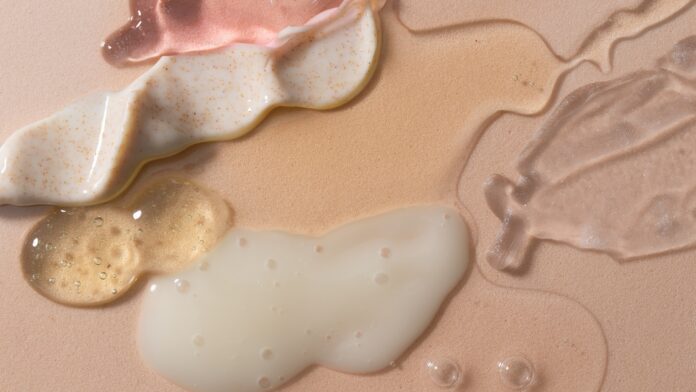When it comes to liquids, viscosity plays a crucial role in determining their flow properties. As an expert in the field, I have often been asked about liquids that seem to defy the norm – those with high viscosity that somehow flow easily. In this article, I will delve into the fascinating world of these unique liquids and explore the science behind their behavior. Join me as we unravel the secrets of these flowing wonders and understand how they challenge our conventional understanding of viscosity.
A Liquid With High Viscosity _____ Flow Easily and _____ Effective in Wetting a Surface.
Characteristics of High Viscosity Liquids
When it comes to liquids, we often associate high viscosity with slow, thick, and sticky substances that resist flow. However, there are certain liquids that defy this expectation and flow easily, despite their high viscosity. This intriguing behavior challenges our understanding of fluid dynamics and opens up a world of possibilities for various applications. Let’s explore the characteristics of these unique liquids:
- Shear-Thinning Behavior: High viscosity liquids with the ability to flow easily exhibit what is known as shear-thinning behavior. This means that as the shear rate increases, the viscosity of the liquid decreases. Essentially, the liquid becomes less resistant to flow when subjected to stress or agitation. This phenomenon is commonly observed in materials such as gels, suspensions, and non-Newtonian fluids.
- Polymer Chains: The presence of long polymer chains is often responsible for the high viscosity of these liquids. These chains can become entangled, creating a network-like structure that hinders flow. However, under certain conditions, such as the application of shear stress, these chains can unravel and align, reducing the overall resistance to flow.
- Viscoelasticity: High viscosity liquids with easy flow often exhibit viscoelastic behavior, which means they possess both viscous and elastic properties. This unique combination allows them to deform and flow like a liquid, while also being able to recover their original shape like an elastic solid. This behavior is particularly useful in applications that require both flowability and resistance to deformation.

Flow Behavior of High Viscosity Liquids
Importance of Flow Behavior
Understanding the flow behavior of high viscosity liquids is crucial in various industries. These liquids, despite their high viscosity, have the remarkable ability to flow easily. This unique characteristic makes them highly effective in wetting surfaces and facilitating processes such as coating, lubrication, and even drug delivery.
The flow behavior of high viscosity liquids is influenced by several factors, including temperature, pressure, and the molecular structure of the liquid itself. By studying and manipulating these factors, scientists and engineers can harness the flow properties of these liquids to optimize their applications.
Effect of Temperature on Flow
Temperature plays a vital role in the flow behavior of high viscosity liquids. As the temperature increases, the viscosity of most liquids tends to decrease. This phenomenon, known as shear-thinning behavior, is particularly evident in high viscosity liquids. The reduction in viscosity allows the liquid to flow more easily, making it suitable for various processes.
For example, in the field of cosmetics, high viscosity liquids such as cetyl alcohol and polyethylene glycol (PEG) are used in creams and lotions. When these products are applied to the skin, the heat from the body causes the viscosity of the liquid to decrease, enabling it to spread smoothly and evenly.
In addition to shear-thinning behavior, temperature also affects the viscoelasticity of high viscosity liquids. Viscoelastic materials exhibit both liquid-like and solid-like behavior, depending on the rate of applied stress. By adjusting the temperature, it is possible to control the viscoelastic properties of these liquids, making them suitable for applications such as gels and adhesives.
Influence of Pressure on Flow
Pressure is another crucial factor that affects the flow behavior of high viscosity liquids. When pressure is applied to these liquids, it can significantly reduce their viscosity, allowing for easier flow. This phenomenon, known as pressure thinning, is often observed in systems where high-pressure conditions are present.
One practical application of pressure thinning is in the field of oil drilling. When drilling through rock formations, high viscosity drilling fluids are used to lubricate the drill bit and carry the cuttings to the surface. The application of pressure helps to reduce the viscosity of these fluids, ensuring efficient flow and aiding in the drilling process.
The flow behavior of high viscosity liquids is a fascinating phenomenon that challenges our understanding of fluid dynamics. Despite their high viscosity, these liquids can flow easily, making them effective in wetting surfaces and facilitating various processes. By considering factors such as temperature and pressure, scientists and engineers can optimize the flow properties of these liquids for a wide range of applications.


